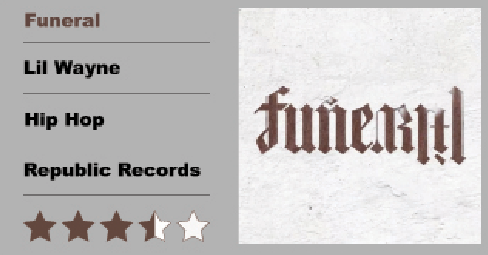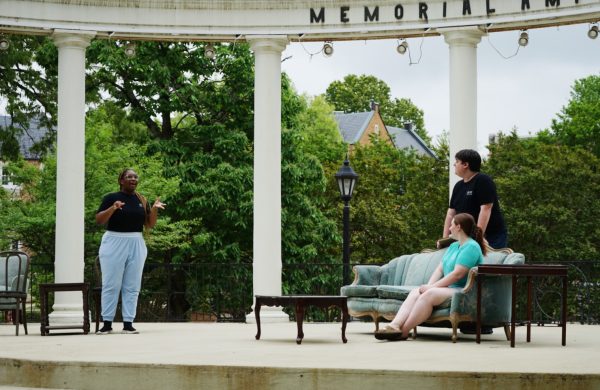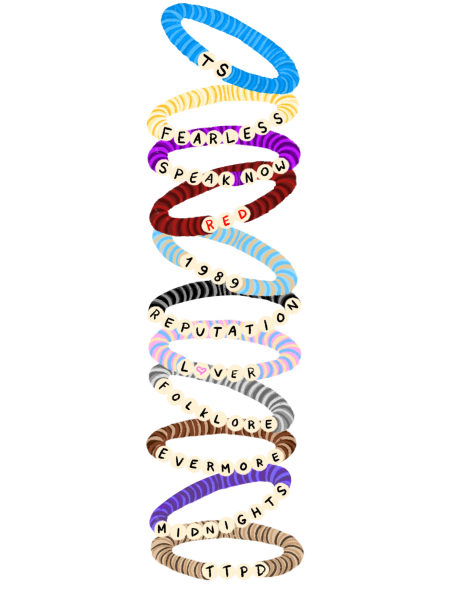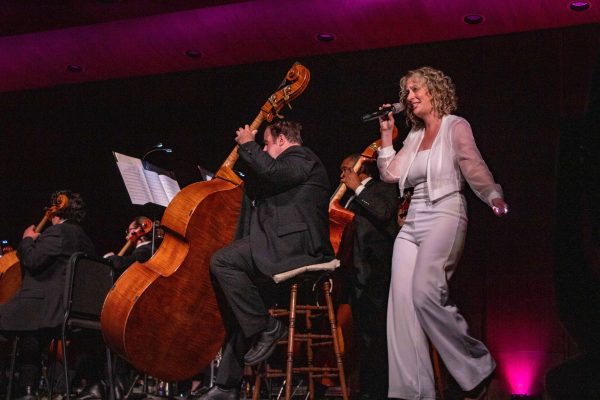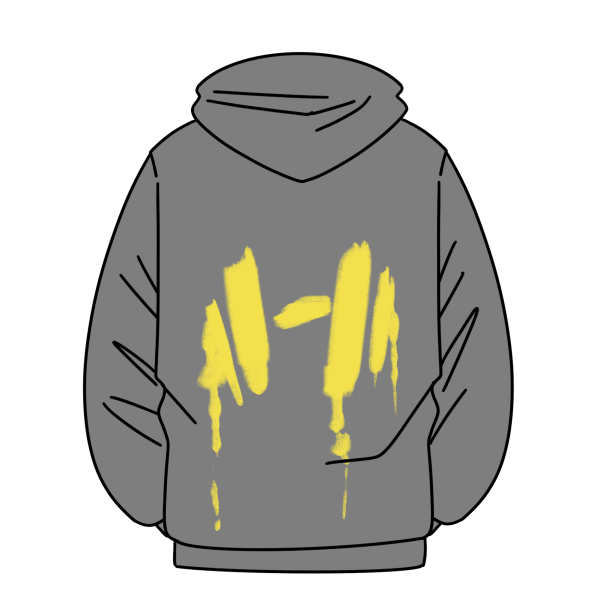The ‘Funeral’ after Lil Wayne’s ‘Tha Carter V’
February 13, 2020
On Jan. 31, rap mogul Lil Wayne dropped his 13th studio album. The album, “Funeral,” is complete with 24 songs of different styles and sounds.
Wayne did not mention the date of the album’s release until he hinted at it in a tweet this year on Jan. 22 that read, “Soon !!” followed by a coffin emoji and the album’s peculiar cover art. The next day he tweeted “1/31,” giving fans just eight days to prepare for “Funeral.”
The album cover is truly a marvel in that it reads “Funeral” when right-side-up and “Lil Wayne” when turned upside-down. Some fans were intrigued by the artistry of the cover but also concerned, considering Wayne’s previous allusions to his own death and poor health in his music and interviews prior to this new album.
The untimely death of basketball legend Kobe Bryant within days of the “Funeral” album announcement did not help to ease fans’ worrying about Wayne’s own health. Even though the album’s release date and title were revealed three days prior to Bryant’s death, Wayne still managed to honor him by having 24 tracks and a 24-second moment of silence on the eighth track “Bing James” as references to Bryant’s jersey numbers eight and 24 during his time playing for the Los Angeles Lakers.
The first track, which shares the name as the album, starts with Wayne’s signature lighter flicks at the beginning, then the solemn opening and defining line: “Welcome to the funeral.” The instrumentation perfectly matches the serious tone of the lyrics which speak of fear, rivalries and of course, death. Wayne masterfully sneaks in the powerful and thought-provoking line “Gotta die to see who you know,” which, to me, can be taken a number of ways. However, I choose to understand it as a direct observance of how people often do not revere someone or recognize their importance until after they have already passed.
The beat kicks in about halfway through the song, finally making it more up-tempo but still very symbolically inclined with numerous religious references and Wayne’s personal violent encounters which give life —no pun intended— and meaning to what could be the overall theme of “Funeral.”
The second track, “Mahogany,” could arguably be the best song on the album. With any typical complex Wayne verse, specific words and lines could have multiple meanings. I personally took “Mahogany” to be a symbol of Wayne’s high-status in rap, especially after hearing the line “Pick up the pace when I feel too adjacent to who I’m racing.” Here he may be alluding to his superiority as a rapper, meaning that if others start to get too comfortable, all he has to do is kick it up a notch to remind them of his status and lethal lyrical abilities.
Within this album, listeners will notice that several songs include a beat switch-up, often toward the ends of the songs. The switch-up in “Mahogany” is undoubtedly my personal favorite, partially because I simply did not expect it the first time I heard it, and also because it is a smooth transition that does not take away from the strength of the first two and a half minutes of the song.
Track three “Mama Mia” is another high-energy song that competes for the title of one of the best songs on the album. Although I do love “Mahogany” as a whole, “Mama Mia” has a highly layered beat and typical Wayne wordplay. “Mama Mia” does not seem to have very complex or deep metaphors, but Wayne does sound like he is genuinely having fun with this beat. He makes a lot more sound effects on this track than the previous two, giving this song more of an appeal to the overall instrumentation as opposed to searching for some highly elaborate storyline or extended metaphor.
Track four “I Do It” is one of nine that involves featured artists. Big Sean and Lil Baby join Wayne on “I Do It,” which has more of a typical trap beat and sound that will likely be a popular song to play at parties or other functions as more of a hype song rather than a very intricately told story. Other featured artists on the album include Jay Rock, Adam Levine, 2 Chainz, who collaborated with Wayne on his 2016 album “Collegrove,” Takeoff, The-Dream, O.T. Genasis, and again, the late XXXTENTACION, who was also on the hook of the song “Don’t Cry” on Wayne’s previous album “Tha Carter V.”
This is about where my opinion of “Funeral” as a complete work began to solidify. After studying the next three tracks, “Dreams,” “Stop Playin With Me” and “Clap For Em,” it became more clear to me that this album was not going to top “Tha Carter V.” “Dreams” was more of a reflective and introspective piece, but I just did not love the screaming and angsty sound, which is also an element of “Get Outta My Head,” the track with XXXTENTACION. If you are a fan of that type of sound, those songs may work for you. For me, they strayed a little too far from the classic Lil Wayne sound I was I fan of.
“Trust Nobody,” featuring Adam Levine, and “I Don’t Sleep,” featuring Takeoff, are the feature songs that stuck with me the most. “Trust Nobody” relays a subtle message that even though Wayne suffers from extreme trust issues and even a lost sense of self, he manages to keep moving forward in life despite the pain and discord in his life.
Many of the songs were testaments to Wayne’s acceptance of his own mortality and constant drug use, relating back to the theme “Funeral.” The final songs that I somewhat enjoyed, however, were more pleasing instrumentally than lyrically. “Ball Hard” involved yet another head nod to Bryant. “Sights and Silencers” incorporated a smooth R&B vibe to back Wayne’s vocals, while “Piano Trap” is yet another song that uses a late beat switch-up and mentions his ongoing drug use but also his personal and religious affiliations.
Wayne as a lyricist and craftsman has managed to remain relevant in the rap game for more than two decades. It would be completely disrespectful, in my humble opinion, to not acknowledge him as one of the greatest of all time. His growth since his first studio album in 1999 “Tha Block Is Hot” has been incredible. He has adapted his music to creating new sounds as hip-hop has evolved. However, this particular album, while mostly enjoyable, does not even come close to “Tha Carter V” for me. I do believe it is worth a listen, but I would have to argue that the previous album was much more detailed and carefully crafted.


